
Get Instant Solution By an Expert Advisor
(4.8)


RoHS refers to "Restriction of Hazardous Substance.” It is a directive formed by the European Union and later adopted by many other countries like India, China, and the UAE. It restricts the use of certain hazardous substances in electrical and electronic equipment.
The RoHS Directive has the main aim to prevent the risks caused to human health and the environment related to the management of electronic and electrical waste. This is done by restricting the use of certain harmful substances in EEE (Electrical and Electronic Equipment), which can be substituted by adopting some safer alternatives.
The Directive restricts the use of these ten substances:
Four heavy metals:
Two brominated families:
Four Phthalates:
You need to be compliant if you are a manufacturer or importer of electrical or electronic equipment (EEE) and you are placing that equipment on the market in the European Union, China, India, or any other country that has adopted these directives.
It is essential for electronic and electrical products to confirm they are in compliance with RoHS 3 (Directive 2011/65/EU). Following is a step-by-step guide to obtaining RoHS compliance:
Step 1: Define the Product Scope: Ensure if your product falls under the RoHS directive. The directive includes various electrical and electronic equipment (EEE) like:
Your product can be exempted if it falls under the following products:
Step 2: Create a Bill of Materials (BOM): A bill of material is a list of all the components and materials used in your product. To create a BOM, list all the components and material used in your product and identify any restricted substances under the directive. A list of restricted substances is stated above.
Step 3: Getting Supplier Declarations: Request a declaration from the supplier for each item listed in your BOM stating whether components used are in compliance with the RoHS Directive and which version of the directive it complies with.
Step 4: Laboratory Testing: If unable to obtain supplier declarations, manufacturers can also use laboratory testing to verify that they are compliant with the directive.
Send the product samples to an accredited laboratory for RoHS testing. A lab test for the presence of restricted substances is done by these four methods:
Step 5: Compilation of Technical Documentation: Preparing a Technical File (TF) that covers:
These documents are very important for creating a Declaration of Conformity (DoC) and demonstrating RoHS compliance of the product.
Step 6: Self-Declaration of RoHS Compliance: After compiling all the documents (like the bill of material, supplier declaration, and test reports), the company can demonstrate RoHS compliance through self-declaration.
The company themselves can create and sign a Declaration of Conformity (Doc), affixing the CE marking.
Step 9: Maintain Compliance & Conduct Periodic Testing: It is necessary to test materials regularly and update documentation. Also ensure proper labeling and documentation for authorities and customers.
RoHS compliance is a process of self-declaration by the manufacturer, importer, or distributer. To obtain RoHS compliance, they must compile all the technical documents, like the bill of material, supplier declarations, and lab test reports. After compilation of all the documents, they can create and sign a Declaration of Conformity (DoC), affix the CE marking to the product, and maintain ongoing compliance.
1. Does RoHS apply to plastics?
Ans: Yes, RoHS applies to plastics. If a plastic component is used in electrical equipment, then it must be RoHS-compliant unless it falls under the exemptions
2. How long is a RoHS certificate valid?
Ans: The RoHS certification is valid as long as it complies with the RoHS Directive.
3. What are the requirements for RoHS certification?
Ans: Documents required for acquiring RoHS compliance are product description, bill of materials, seller declaration, or lab test results.
4. What is the permissible limit for RoHS?
Ans: RoHS limits for the restricted substances are 0.1% or 1,000 ppm
5. Why is RoHS compliance important?
Ans: RoHS Compliance ensures environmental and human health safety. It is mandatory to obtain RoHS compliance for selling electronic products in the EU, India, China, and other regions.
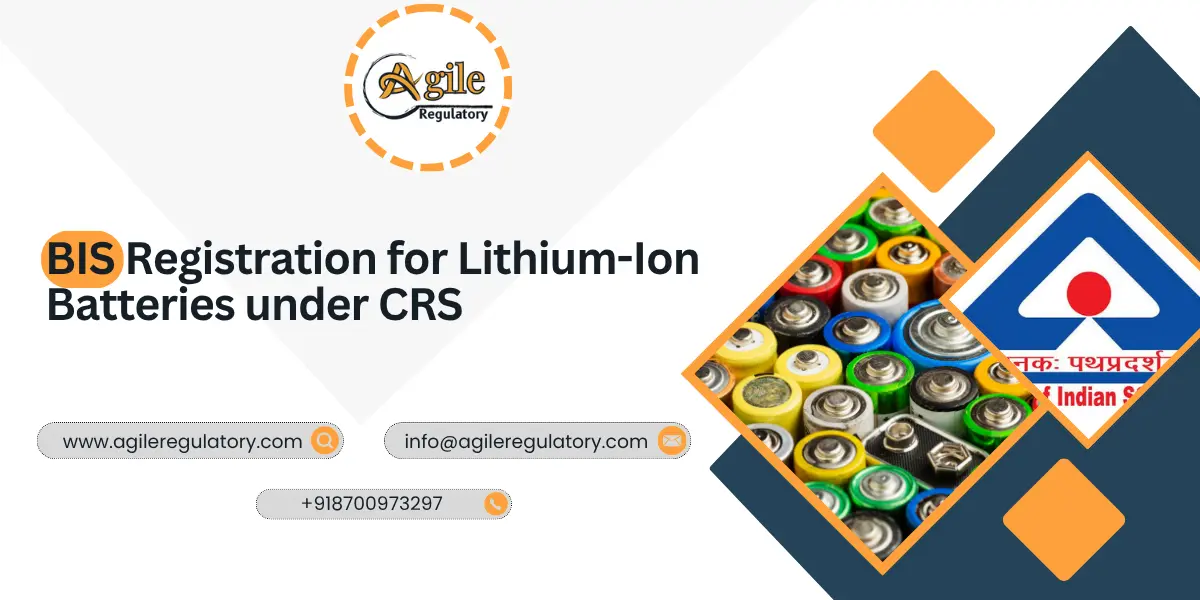
 Nishi Chawla
Nishi Chawla
14 Nov, 2025

 Nishi Chawla
Nishi Chawla
14 Nov, 2025
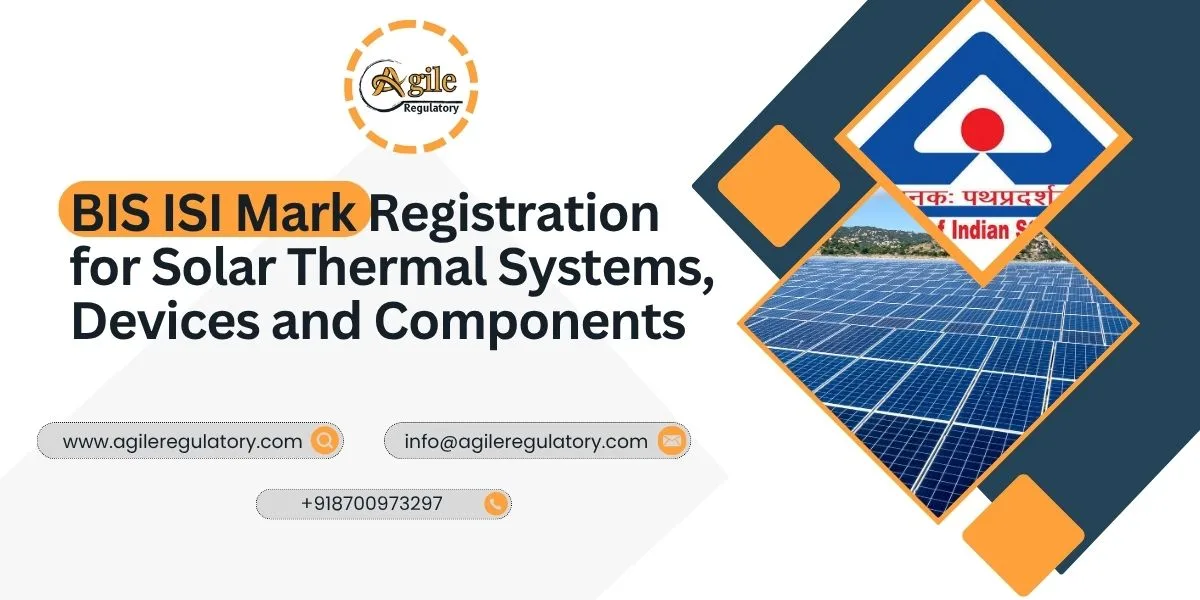
 Nishi Chawla
Nishi Chawla
13 Nov, 2025
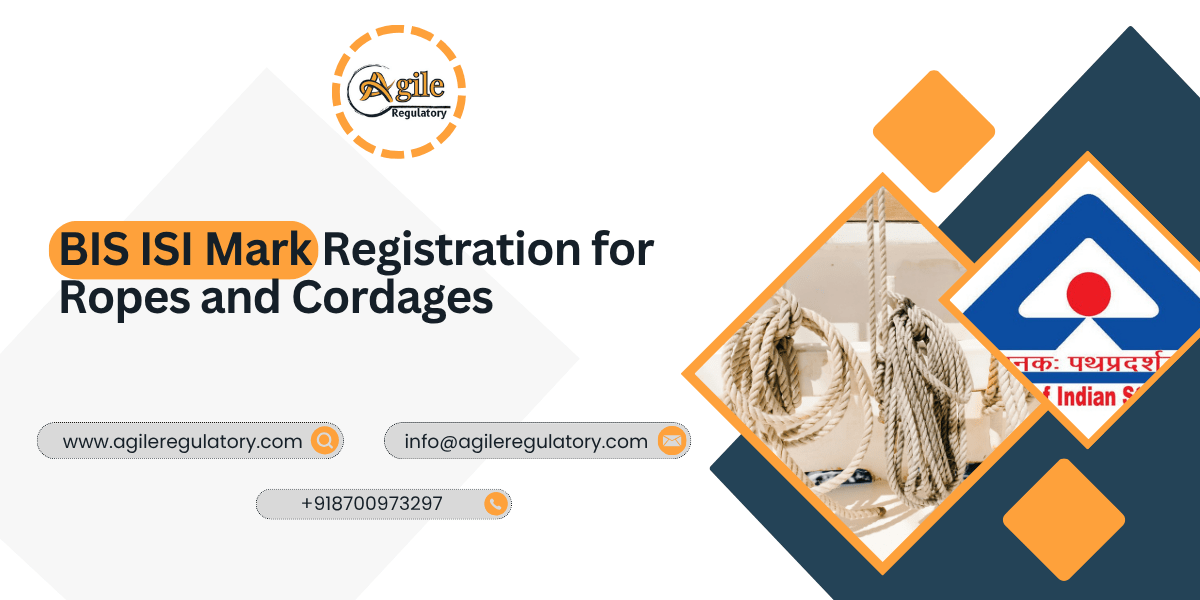
 Nishi Chawla
Nishi Chawla
13 Nov, 2025
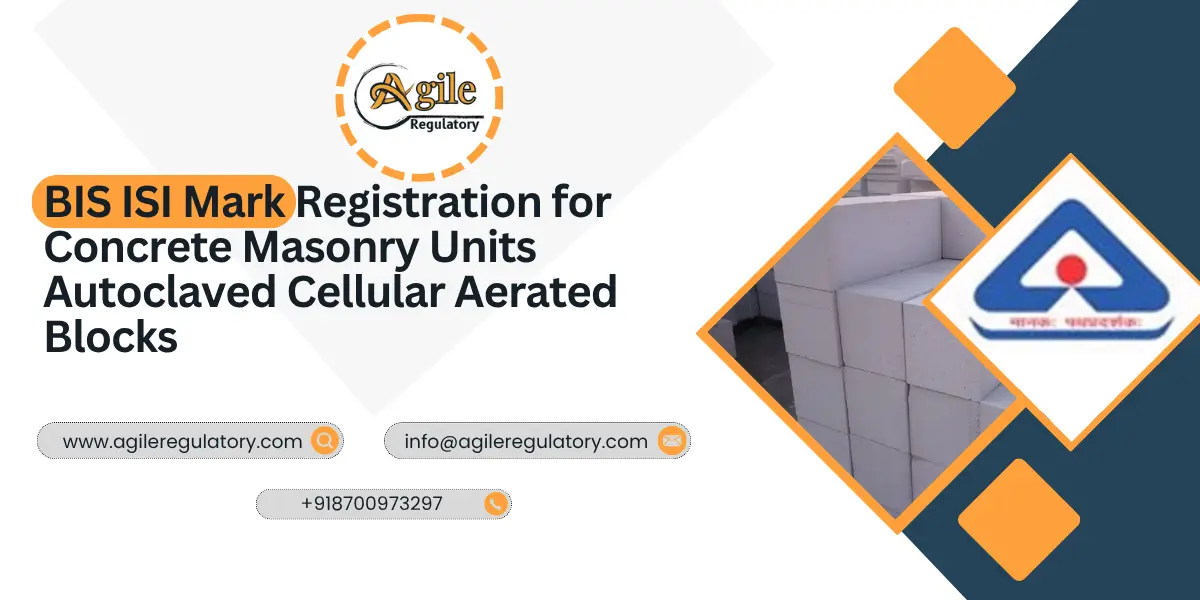
 Nishi Chawla
Nishi Chawla
12 Nov, 2025

Get Instant Solution By an Expert Advisor
(4.8)
We simplify compliance through a proven 4-step process: Consultation, Documentation, Submission, and certification. From understanding requirements to getting final approvals, we deliver a smooth, timely, and fully compliant journey for your business.
What our customer says about us
Fantastic support from the team. Their expertise transformed our approach, driving remarkable outcomes. A must-have partner for businesses seeking effective consulting solutions. Highly recommended.

KTPL Instruments
Agile Regualtory delivers exceptional solutions. Their insightful guidance streamlined our processes and boosted profitability. Highly recommended for businesses seeking expert consulting services to thrive.
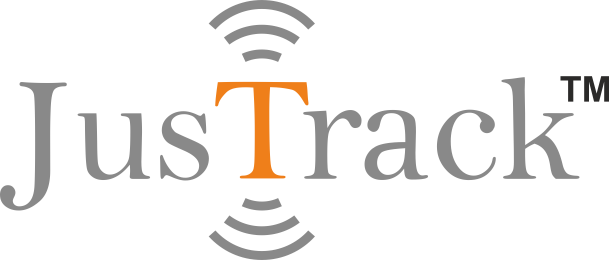
Justrack IOT
Impressed by Agile Regulatory's expertise. Their strategic insights and practical solutions have elevated our business operations. A reliable partner for effective consulting services. Highly recommended for growth-focused businesses.
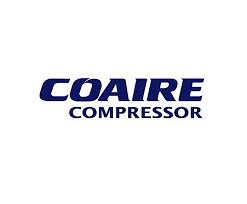
Coaire Compressor
Extraordinary consulting services. Their insightful solutions and dedicated team reshaped our business, driving remarkable improvements. Highly recommend it for transformative results.
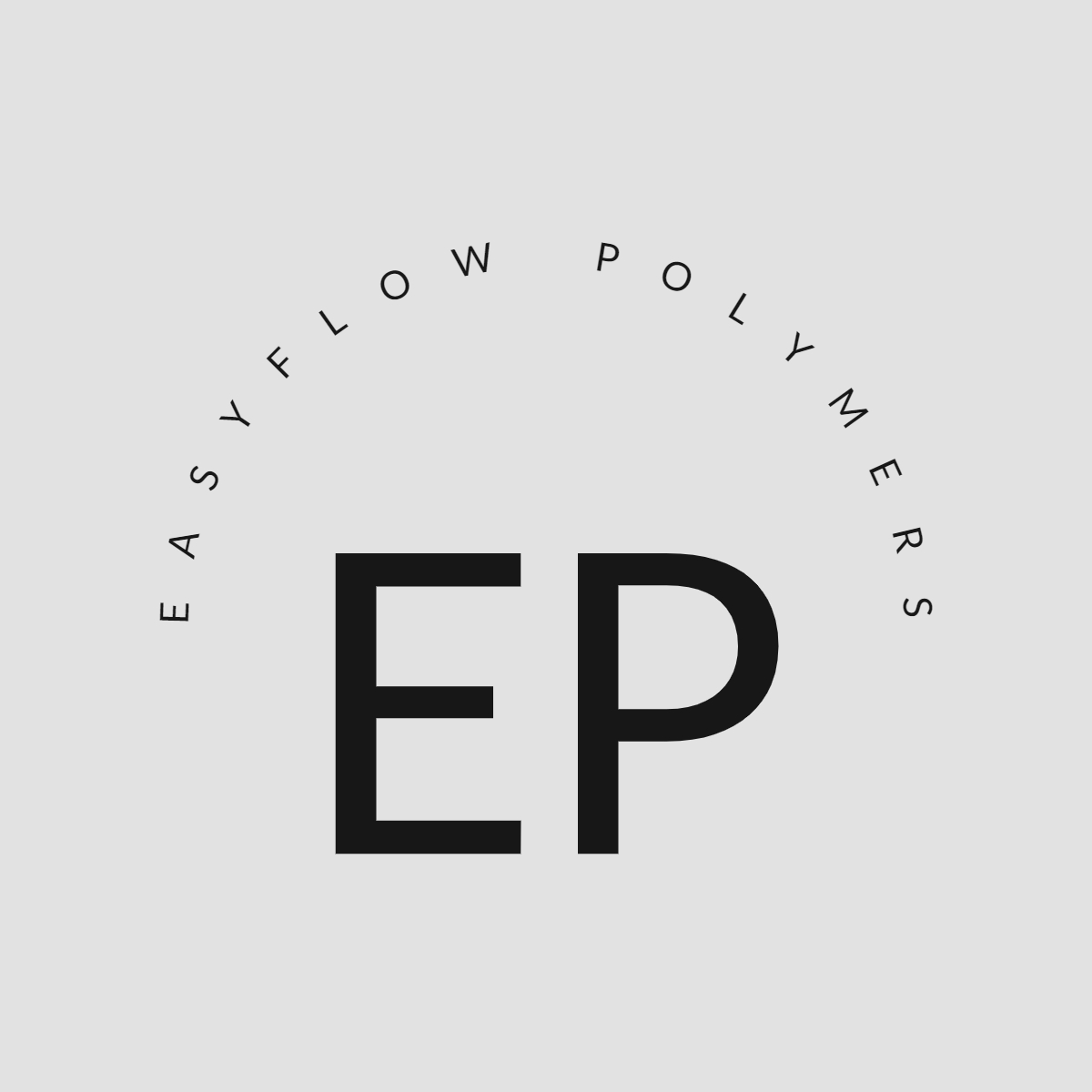
Easy Polymer
Incredible experience with Agile Regulatory. Their innovative strategies and expert advice revitalized our business model, resulting in impressive growth. Highly recommend their exceptional consulting services.
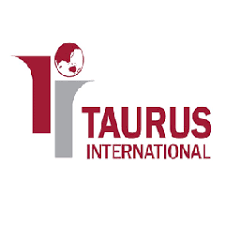
Tarus International
Top-tier consulting! offered strategic solutions that revolutionized our approach. Their deep expertise and personalized guidance made a significant impact on our success. Highly recommend their services.

Anchor Weighing
Agile Regulatory exceeded expectations! Their tailored solutions, expertise, and proactive approach led to remarkable results. Highly recommend for businesses seeking impactful and strategic guidance.

AM Capacitor
Outstanding service! delivered targeted solutions with professionalism and expertise. Their insights elevated our business strategies, resulting in noticeable growth. Highly recommended for exceptional consultation.
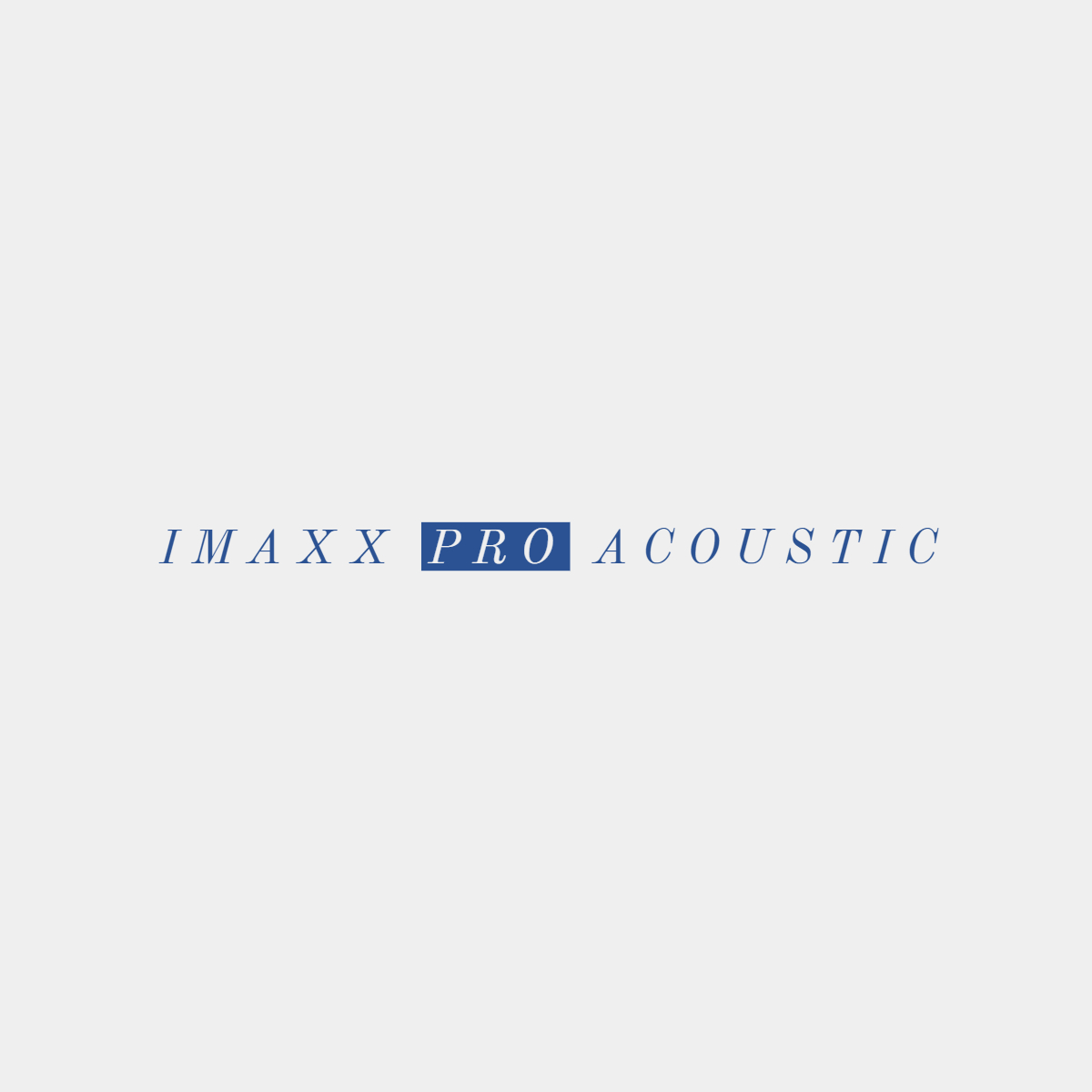
Imaxx Pro Aquistic
Leave a Reply
Your email address will not be published. Required fields are marked *